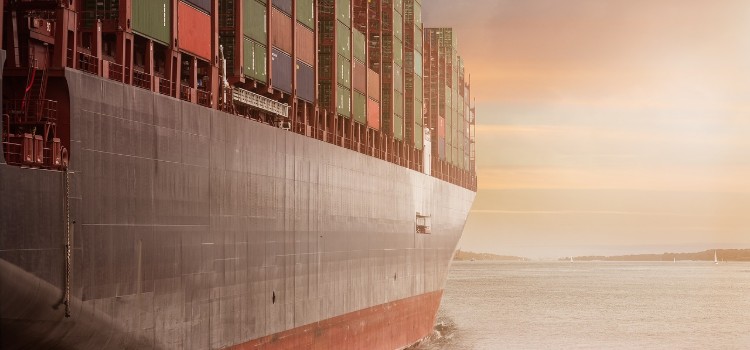
The dreaded tariff increase from 10% to 25% on $200 billion of goods from China was postponed until March 1, 2019, and it has left the shipping industry in limbo.
Businesses in America paid 54% more in tariffs between September 2017 and September 2018 than the previous 12 months, making this potential increase in fees especially difficult.
While many carriers pushed to get their cargo booked for the fourth quarter of 2018 to avoid the increase, it’s possible that they’ll push second-quarter shipments into the first quarter to sidestep the increase again if the U.S. and China can’t agree to resolve the trade imbalance.
This could mean lighter shipping loads in the second quarter of 2019. If another tariff delay goes into effect, we could end up paying higher rates and see increases for warehousing fees. The uncertainty surrounding the impending tariff increase makes it challenging for U.S. businesses counting on a reliable global supply chain to make good decisions about how to proceed.
Be Flexible During the First Few Months of 2019
At this point, we’re forced to put faith in President Xi and President Trump’s ability to reach a mutually beneficial agreement in their trade negotiations. The 10% tariff remains in place during their talks.
For now, hold off on signing a contract for a long-term rate if you can. For example, today’s $2,000 rate could go up to $2,300 by March 1. But it’s just as likely that nothing will happen and as volumes drop and the economy softens later in the year, rates could fall to $1,500.
During the first four to five months of 2019, it’s smart to take the spot rate and wait to see what happens with the tariff increase. For the past 15 years, contracts have typically been signed in late April and throughout May. Unless the tariff increase is continually postponed, adding another layer of uncertainty, we expect to see a soft second half of 2019.
Diversify the Participants in Your Supply Chain
If possible, spread your freight around to different carriers. Getting out of China may seem like a good plan right now, and some companies are moving in that direction. If you can meet your company’s quality and quantity needs with different manufacturers, remaining open to that possibility is one way to potentially sidestep the current drama between the U.S. and China. Of course, diversification won’t work for everyone. For some, the cost and time to retool, find new production sources, and/or vet new suppliers might make it an impractical option. Now is a great time to explore the possibilities, though.
Buy Less and Store Less to Save on Shipping and Warehouse Costs
Assuming the dollar stays strong in Asia, you may be able to buy more product for the same amount of money if you wait until later in the year. If you can’t put off buying raw materials, you could reduce the inventory in storage by purchasing smaller quantities of multiple products from different suppliers and combining them to ship in one full container.
This is an alternative to purchasing full containers and end up with too much inventory sitting in a warehouse. So, if you have ten suppliers in Shanghai and you normally buy one container from each of them, buy one-half of one container from each instead. Combine those products to fill five containers and you’ve not only cut your shipping and storage costs, but you’ve also prepared for a softer second half of 2019, during which you may not sell as much inventory.
Warehouses are full right now, as businesses try to avoid paying higher tariffs by extending the time their products spend in storage. This wait-and-see attitude means that there’s an abundance of product waiting to go to consumers. The chances of a spike in demand that could potentially create a shortage of “stuff” in the U.S. are slim.
Weigh the Potential Tariff Increase Against the Cost of Warehousing Goods
Whether you pay the tariff increase or take on the extra costs associated with storing your product for an extended period, those expenses will cut into your bottom line. The trick is to carefully consider the two scenarios to decide which may be the least expensive over the next few months.
In general, your tariff costs will be less on low-value merchandise than on higher-value merchandise sitting in containers. So, you’ll need to decide if you’ll save more money shipping those items and paying the tariff or paying the extra warehousing fees while you wait.
It may be important to move higher-value merchandise, so leaving it in a warehouse isn’t always the best way to deal with rising tariffs. You have money tied up in the purchase of those goods, and you aren’t getting a return on that investment while it sits in storage.
There’s a lot of uncertainty in the marketplace right now. Businesses have full warehouses, so if the tariff increase is canceled and fees remain the same, things will slowly start to move again. If they delay the tariff increase for a second time, we could be well into 2019 before we have a resolution to these issues. Weigh your options, diversify your supply chain if you can, and make an informed decision that has the smallest impact on your bottom line.



.jpg?width=750&name=high-bay-408222_1280%20(1).jpg)